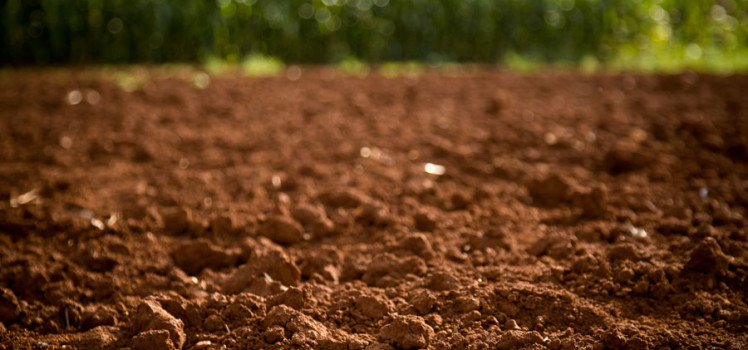ADVERTS
The soil is considered a three-phase system because its constitution contains mineral and organic matter (solid), water (liquid) and air (gaseous). The proportions of each vary according to the type of soil.
In general, its organic matter is composed of remains of plants and other organisms, such as animals, in a more or less advanced state of decomposition, accumulating on the surface.
ADVERTS
Climatic conditions (wind, rain, sun), together with physical, chemical and biological processes, are the main influence on the characteristics of each soil.

What are the soil profiles?
O perfil do solo pode ser analisado a partir de cinco parcelas denominadas horizontes, lembrando que nem todo solo possui horizontes totalmente definidos:
– Horizon O: Superficial organic layer. Drained, dark in color.
ADVERTS
– Horizon A: Composed of altered rock and humus, where most of the roots are fixed and decomposer and detritivore organisms live.
– Horizon E (or B): Camada mineral composta de pouca matéria orgânica, acúmulo de compostos de ferro e minerais resistentes, sendo exemplo o quartzo. Atingido por raízes mais profundas.
– Horizon C: Little or partially altered mineral layer.
– Horizon R: Rock that has not undergone alteration to give rise to soil.
The color of the soil depends on the source material, location, organisms present, organic matter content, among others. It is known that darker soils are rich in organic matter and drained soils tend to have darker colors.
greyish.
The general constitution of the soil can be defined through the size of its particles
Clay: with a diameter of less than 0.005mm;
Silt: with a diameter between 0.005mm and 0.05mm;
Thin sand: with a diameter between 0.05mm and 0.42mm;
Medium sand: between 0.42mm and 2mm;
Coarse sand: between 2mm and 4.8mm and,
Boulder: between 4.8 and 76mm in diameter.
